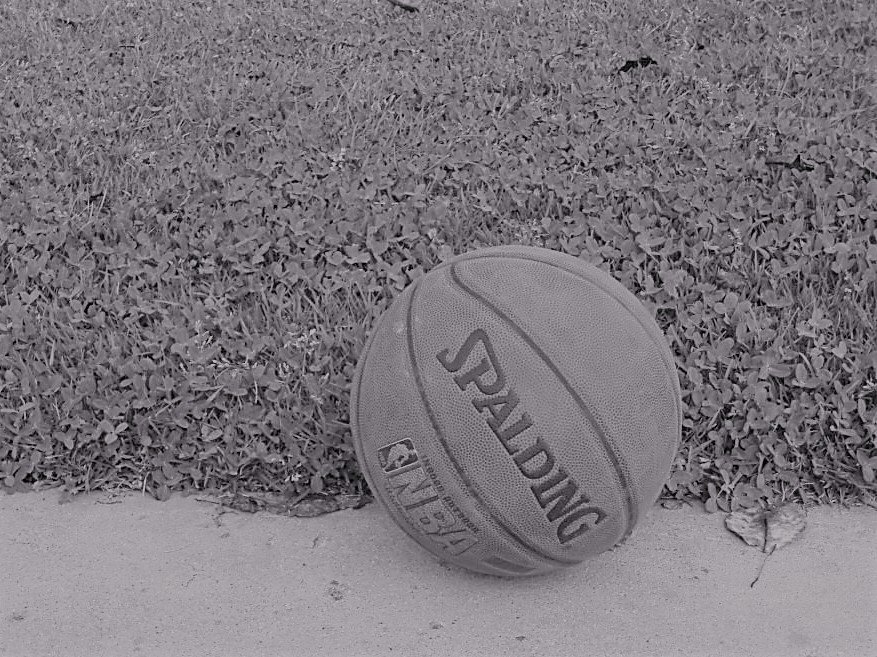The NIL Mess: What Kavanaugh And Skinner Have Caused
(This is Part Three of a three part series. Read the first two installments here:
The NIL Mess Part One: How Brett Kavanaugh Set The Wheels In Motion With One Concurring Opinion
The NIL Mess Part Two: How Feckless Legislators Created A Lawless Landscape)
The NIL crisis, spawned by Brett Kavanaugh on the Supreme Court and escorted by Nancy Skinner of the California legislature, was always destined to head to Congress.
And make no mistake, it is a crisis.
Advocates of NIL will mine whatever viewing data they can to spin the numbers, but it’s hard to explain away a 48% drop in ratings on CBS for the Sweet 16 last week, and a 10% decline over ratings from last year.
And the same people will contort themselves to deny the fact that NIL and the new college landscape, brought to us by Skinner and Kavanaugh, has anything to do with it.
But they’re wrong.
And frankly, I’d like to say something to Brett Kavanaugh and Nancy Skinner: Are you proud of yourselves for ruining college sports?
For the first time since I can remember, last week I didn’t watch one minute of the NCAA men’s basketball Sweet 16 or Elite 8.
And it’s not because I didn’t play my yearly NCAA pool, where I had Gonzaga winning it all.
It’s because I don’t recognize the game being played by the players and coaches off the court.
And I’m not alone.
The NCAA, and Congress, should be very concerned about this. If they are starting to lose me, thanks to the lawless landscape Skinner and Kavanaugh created, they will lose millions more. Maybe not today, maybe not tomorrow, but over the long run, they’ll lose fans like me because we will have ceased to care, because college athletics will no longer resemble the college athletics we grew up watching.

Denial
The first weekend of the NCAA Tournament, I, like many, thrilled to tune into Farleigh Dickinson’s upset victory over Purdue.
It’s the type of win and storyline that nobody can screw up – the overlooked, underappreciated 16 seed, who somewhat unfairly had to play an extra game to even have the right to show up against Purdue, and then shocked the world. (And then gave eventual Final Four participant Florida Atlantic a run for their money in the next round.)
Last year, there was a similar storyline, of course – St. Peter’s, the plucky 15 seed that made a Cinderella run to the Elite 8.
But the story of St. Peter’s, ultimately, will be one of how quickly two weeks of success can unravel a program and make the parts way less than the sum of the whole..
After the tournament, St. Peter’s lost their head coach, Shaheen Holloway, to Seton Hall of the Big East, who paid him an enormous sum to leave. St. Peter’s never had a chance to match Seton Hall’s $2.1 million dollar offer. (The expenses for St. Peter’s entire basketball program in 2022 was $2,348,447.)
Doug Edert, the mop-headed mustachioed sharpshooter that became a star, got a NIL deal with a famous chicken wing company, among others. To many, it made him an NIL hero, a symbol of everything they had dreamed of.
But before St. Peter’s could fill their head coaching vacancy, Edert, and six other St. Peter’s players, were lost to the portal. As Edert chased NIL money, he also chased his way out of Jersey City.
Folks might look at the economic transactions and say everything is fine. St. Peter’s got an enrollment boost, a modest check from the NCAA, and will keep receiving one for the next six years. Holloway got a $2.1 million salary raise from Seton Hall. And Edert, at least, got a bunch of free wings and a neat story, although in some ways Edert’s fame seems to have been as fleeting as the NIL contract, as he had a very up and down career at Bryant. (Holloway, Edert, and all the St. Peter’s transfers were at home watching the NCAA Tournament this year like me and everyone else.)
But no matter what anyone tells you, NIL eats at the credibility of college sports. Deep down, everybody knows this, but simply won’t admit it.
Why should I believe in St. Peter’s? After their first sniff of success, the head coach and his players mostly fled for the exits. It wasn’t really the fault of the school, but the landscape jointly created by NIL and the NCAA that lets coaches and athletes jump for money.
The school ended up losing their head basketball coach, gave these kids scholarships to attend their school, spent time and money to develop them, have classes for them and coach them, only to see them leap at the opportunity of taking the first train out of Dodge to pursue money elsewhere. Folks, and especially the biggest NIL cheerleaders, don’t really understand the feeling of betrayal and abandonment that leaves in people or why that’s important.
Two days after FDU’s run was over, first year head coach Tobin Anderson was announced as the new head coach at Iona. By the time Bergen County finally put together a celebration for FDU’s men’s and women’s NCAA Tournament teams, Anderson had already left. So far, it’s a Cinderella story with a sour aftertaste, and might end up being a story like St. Peter’s. Like Holloway, it’s a betrayal, and FDU doesn’t really get anything in return but a small check from the NCAA for the next six years and a head coaching vacancy.
Why should I believe in the schools that simply look as the athletes as warm bodies to wear their laundry? Does any former St. Peter’s player have any loyalty to the place where they ended up going after they left St. Peter’s? Will they engender any loyalty if they play at another school next year? Will they graduate with degrees? Is it only about playing minor league basketball?
In 2022, 1,649 men’s Division I basketball players entered the transfer portal, and 1,123 transferred to other schools. That’s a lot of changed laundry and a lot of betrayal, if you think of every transfer as a betrayal, and even if it’s just a relatively small one. Add NIL to this brew, and the specter or greed – or negotiating a salary – enters the conversation.
I am not as naive as to think every single athlete at every institution chose to attend their school because of a deep love of the place or even for academic reasons. However, I do think that it has to be plausible that athletes chose to go to those schools for reasons other than sports – like academics, the college experience, or something. That plausibility is the bedrock on which all affinity towards colleges and college sports is based. When that plausibility is gone, college sports are gone.
NIL eats away at that plausibility by taking those semi-tangible things and make it into ugly commerce. In economics, there is no room for things like love, sentiment or experience, which is literally 90% of what being a fan of a sport or college is all about. When you make it all about getting paid, it’s only about the money. But you lose the love. And eventually you will lose the fans.
And that’s why NIL in the long run, in its current form, will kill college sports. Because without love, you’re left only with money. And without the love, fans will slowly dwindle, until there are no sports left to save.
Brett Kavanaugh and Nancy Skinner never understood this, and probably don’t understand this, which is why they unleashed the economic forces that are currently in the process of destroying it. And unless something is done by Congress to undo their tragic mistakes, it will be gone.

Chuck has been writing about Lehigh football since the dawn of the internet, or perhaps it only seems like it. He’s executive editor of the College Sports Journal and has also written a book, The Rivalry: How Two Schools Started the Most Played College Football Series.
Reach him at: this email or click below:

One thought on “The NIL Mess: What Kavanaugh And Skinner Have Caused”